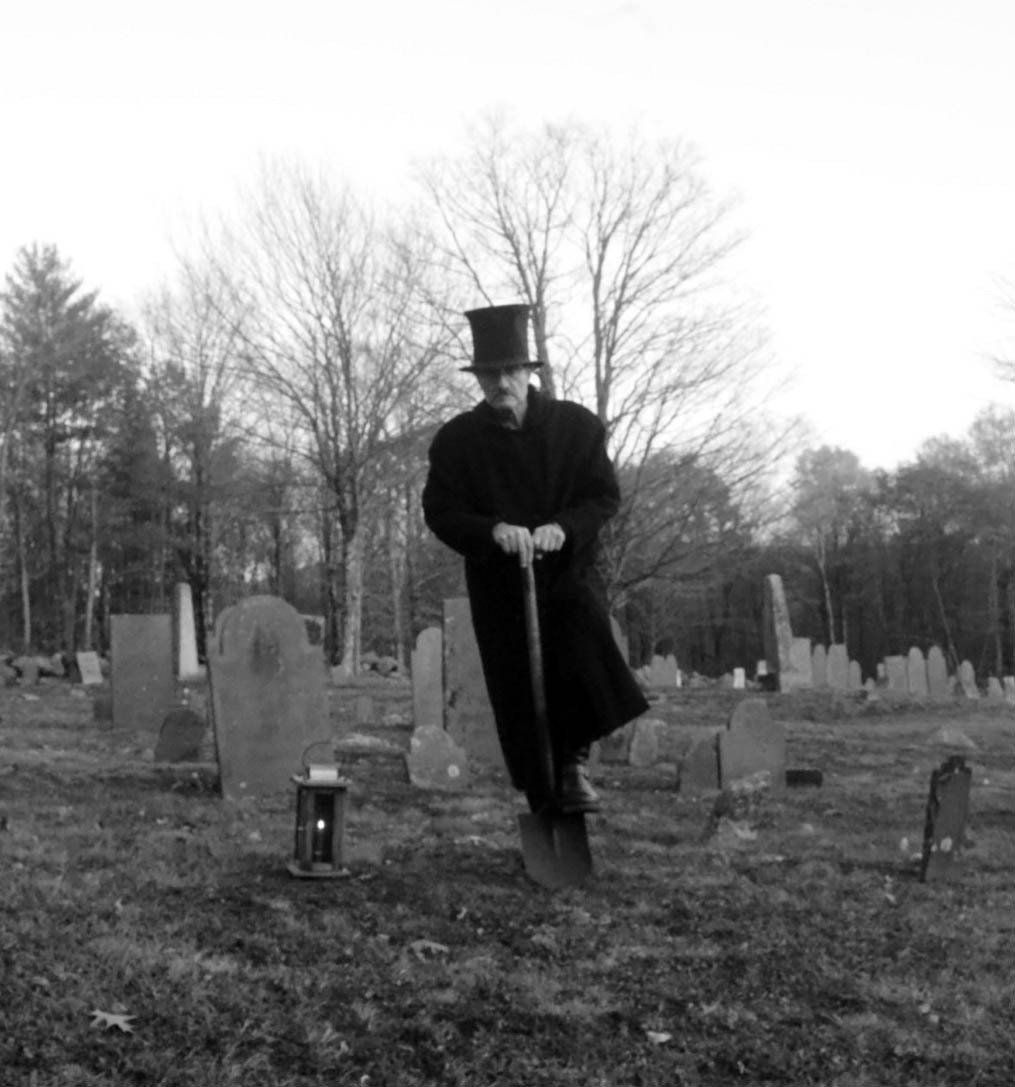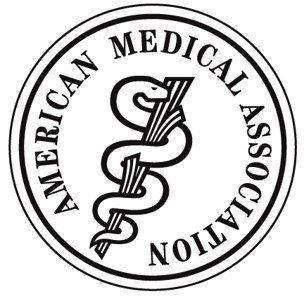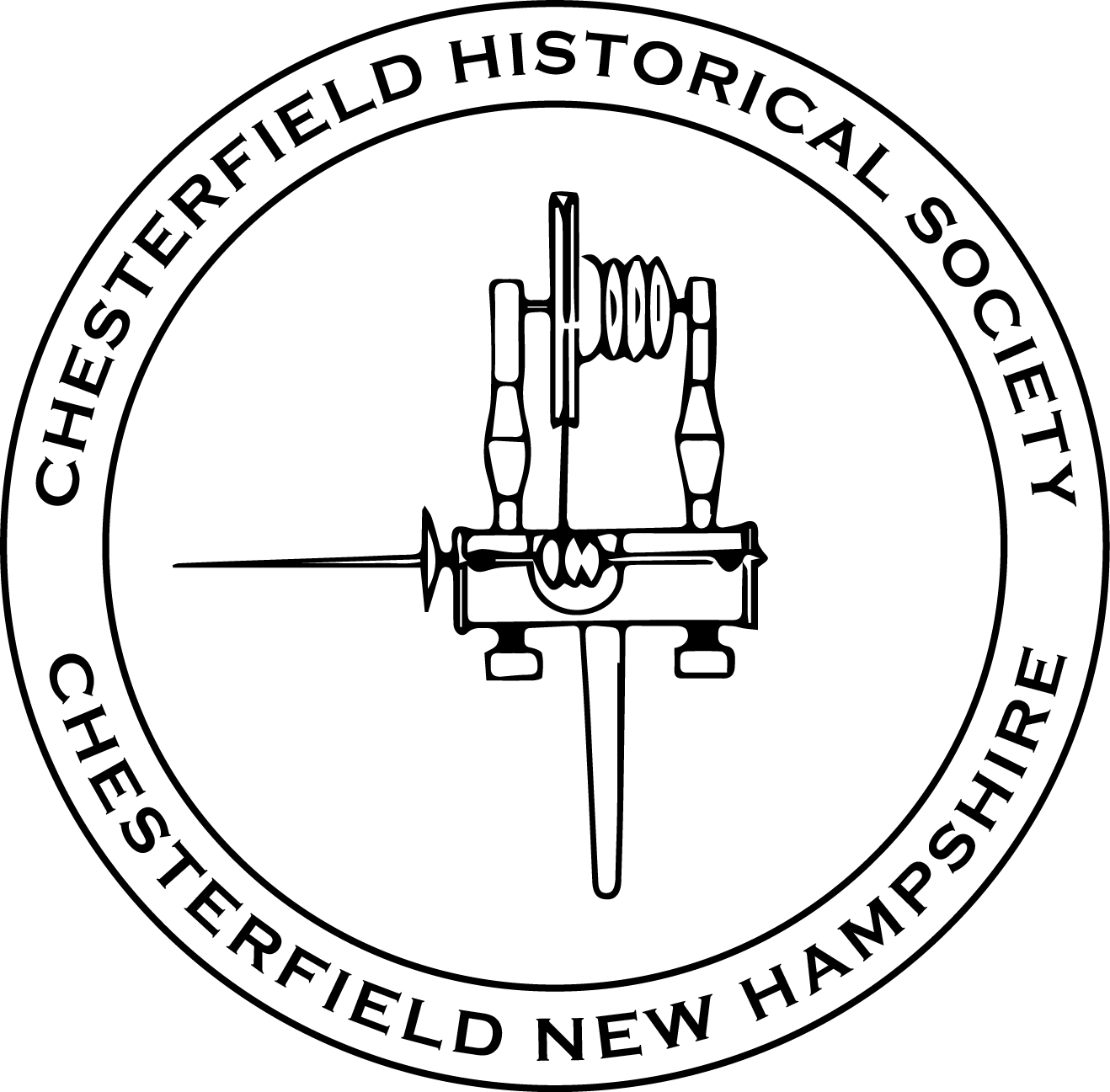In 1847, two-hundred medical societies and by then 28 Colleges of Medicine came together and formed the American Medical Association (AMA). It established a uniformed medical college admission policy. This included a liberal education in arts and sciences, and a certificate of apprenticeship completion. By 1852, an MD degree required 3-years of study (including 3 months of dissection) and 2-years of internship under an acceptable practitioner. Also, graduates had to be at least 21-years old.
Physicians Training in 19th Century
Made Grave Robbing Lucrative

In the 18th and early 19th Century, most physicians in this country were trained through apprenticeships. These lasted about three years with the apprentice gradually acquiring knowledge for a fee or for doing medical chores.I
In 1800, only four American medical schools existed, with two being in New England, Harvard (1782) and Dartmouth (1797). However, professional medical societies began as early as 1760 with New Hampshire Medical Society being founded in 1791. The Societies took on the responsibility of establishing regulations, standards of practice, and certification of doctors. Their next step was to develop their own training programs called “proprietary’ medical colleges. Originally, these schools were intended to supplement the apprenticeship system. However, because the course structure was less than 2 years, by the mid-19th C they had become the principal pathway to a medical education.New Paragraph

their own training programs called “proprietary’ medical colleges. Originally, these schools were intended to supplement the apprenticeship system. However, because the course structure was less than 2 years, by the mid-19th C they had become the principal pathway to a medical education.

Unfortunately, what the societies intended was not the result. With no uniformity, the system was greatly flawed and became notorious for lack of discipline. The programs mainly relied on lectures and rote learning with sparse laboratory work and, no opportunity to interact with patients. Most had no entrance exam; some were run by “professors” for profit. Eventually, the ability to pay the fees became the main requirement for graduation


By 1876, sixty-two medical schools were established. With the increase of medical schools, most following the AMA requirements, came the increase in cadaver demands. Turning a blind eye to how they were acquired was the norm. Some students financed their education in the dark of night. The expansion of the railway helped in creating the “resurrection business” in the south where the ground didn’t freeze. Besides providing for their local medical schools, northern and mid-western schools could be shipped a supply of cadavers. The favorite method was folding the body into barrels filled with whisky, to mask the odor. This process gives a new meaning to “rotgut” whisky sold as “stiff drinks”.
Right or wrong, medical science advanced in the 19th century. With more knowledge on how the body functioned, the acceptance of the germ theory, and the development of anesthesia, by the turn of the 20th century, major transformations in medical practices were occurring. The centuries old concept of "Imbalance of the Humors" requiring bloodletting was finally passe.

